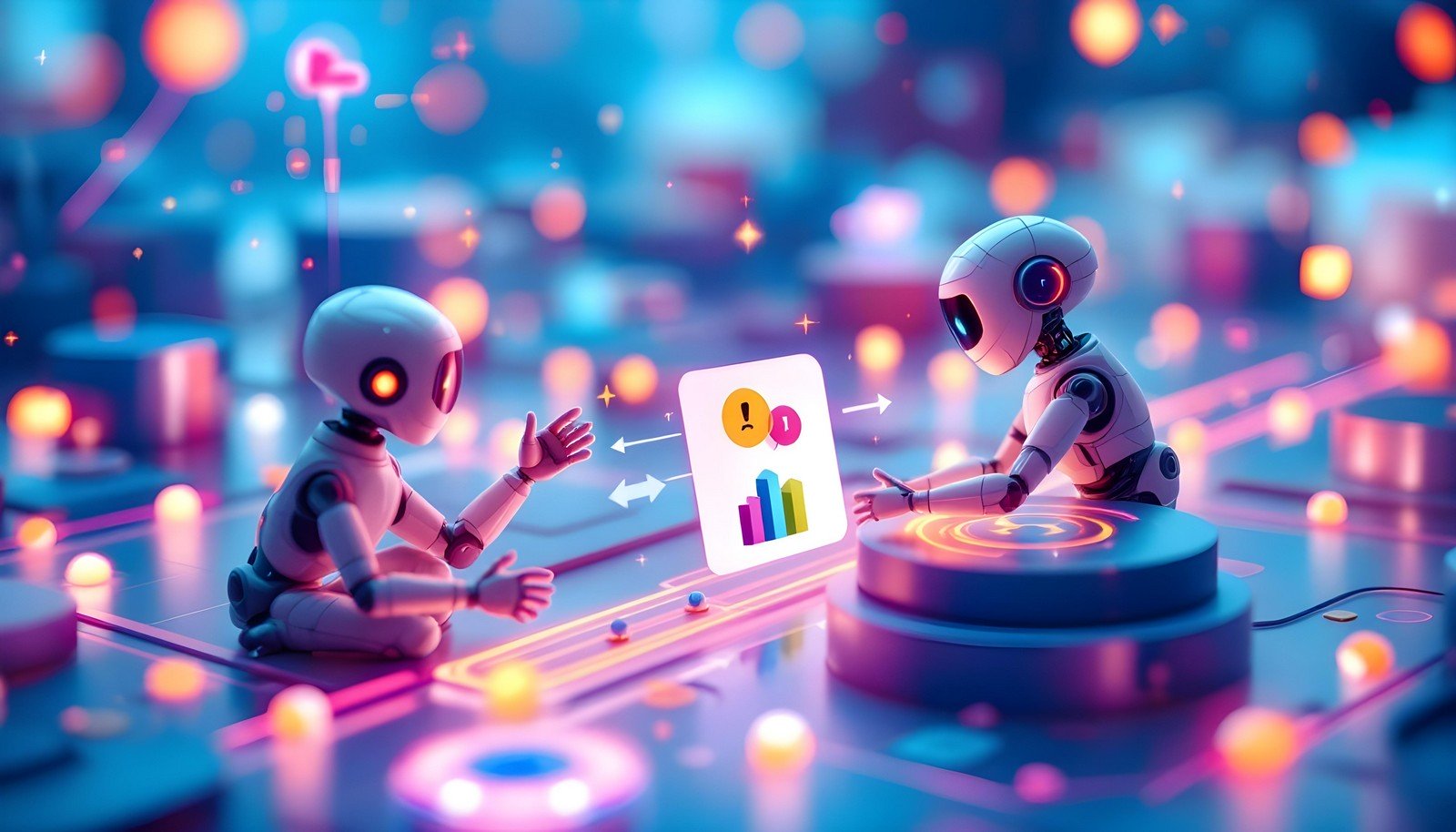Reinforcement Learning

Quick Navigation:
- Reinforcement Learning Definition
- Reinforcement Learning Explained Easy
- Reinforcement Learning Origin
- Reinforcement Learning Etymology
- Reinforcement Learning Usage Trends
- Reinforcement Learning Usage
- Reinforcement Learning Examples in Context
- Reinforcement Learning FAQ
- Reinforcement Learning Related Words
Reinforcement Learning Definition
Reinforcement Learning (RL) is a branch of machine learning where agents learn through interaction with an environment to maximize cumulative rewards. Unlike traditional supervised learning, RL involves an agent making sequential decisions based on feedback rather than labeled data. This process allows the agent to improve its actions over time, guided by a reward system. Technical concepts in RL include policies, reward functions, exploration and exploitation strategies, and value functions, all of which play a crucial role in optimizing agent behavior.
Reinforcement Learning Explained Easy
Imagine playing a game where you get points for good moves and lose points for mistakes. Over time, you learn which moves earn points and which don’t, helping you play better. Reinforcement Learning works similarly: an agent learns by trying actions, getting feedback, and using this to make smarter choices. It’s like a robot figuring out how to pick up a ball by experimenting until it learns what earns a "good job" reward.
Reinforcement Learning Origin
Reinforcement Learning originated from principles in behavioral psychology, where researchers studied how animals and humans learn through rewards and punishments. The concept of reinforcement was adapted into AI as scientists aimed to enable machines to learn similarly. This idea was formalized with algorithms like Q-learning in the 1980s and 1990s, allowing machines to make adaptive decisions. Over time, with more computational power and neural network advancements, RL has evolved into a vital tool in fields like robotics and video gaming.
Reinforcement Learning Etymology
The term “reinforcement” comes from psychology, where it describes how rewards or punishments can shape behavior. “Learning” represents the process of acquiring skills or knowledge. Together, the phrase describes a process of improving actions through feedback over time.
Reinforcement Learning Usage Trends
Reinforcement Learning has gained considerable popularity since the 2010s, particularly due to advancements in computational power and deep learning. RL’s applications span robotics, autonomous vehicles, and financial trading algorithms. Its adaptability and efficiency in complex decision-making scenarios make it invaluable in modern AI, where real-time adjustments are essential.
Reinforcement Learning Usage
- Formal/Technical Tagging: Artificial Intelligence, Machine Learning, Behavioral Psychology, Autonomous Agents, Decision Processes
- Typical Collocations: "Reinforcement learning algorithm," "policy optimization," "reward function," "agent environment," "value-based learning"
Reinforcement Learning Examples in Context
"In video games, reinforcement learning helps AI characters adjust their strategy based on the player’s actions, creating a more engaging experience."
"Financial institutions employ reinforcement learning to optimize trading strategies in dynamic markets."
"Reinforcement learning algorithms played a key role in developing AlphaGo, the AI that defeated a world champion in Go."
Reinforcement Learning FAQ
- What is reinforcement learning?
Reinforcement Learning is a machine learning method where agents learn through actions and rewards. - How is reinforcement learning different from supervised learning?
RL learns through rewards rather than labeled data, unlike supervised learning. - What are common applications of reinforcement learning?
Applications include robotics, gaming, finance, and autonomous vehicles. - How do agents learn in reinforcement learning?
Agents learn by adjusting actions based on rewards or penalties. - What is the reward function in RL?
It’s a function that assigns rewards to actions to guide agent behavior. - Is reinforcement learning used in real-world robots?
Yes, RL helps robots perform tasks like navigating or picking objects. - What is the exploration vs. exploitation dilemma?
It’s the choice between trying new actions or sticking with high-reward actions. - What is Q-learning?
Q-learning is an RL algorithm that helps agents learn optimal actions without needing prior environment knowledge. - Can RL be used in healthcare?
Yes, RL is being explored for applications like treatment planning. - What are the challenges of reinforcement learning?
Challenges include high computational needs, extensive data, and reward structuring.
Reinforcement Learning Related Words
- Categories/Topics: Artificial Intelligence, Robotics, Behavioral Psychology, Optimization
- Word Families: Reinforcement, Learning, Agent, Policy, Reward, Action, State
Did you know?
Reinforcement Learning was pivotal in developing AlphaGo, the AI that famously beat a world champion in the game of Go. This achievement highlighted RL’s potential in solving complex decision-making challenges, inspiring further advancements in AI applications across diverse fields.
PicDictionary.com is an online dictionary in pictures. If you have questions or suggestions, please reach out to us on WhatsApp or Twitter.Authors | Arjun Vishnu | @ArjunAndVishnu

I am Vishnu. I like AI, Linux, Single Board Computers, and Cloud Computing. I create the web & video content, and I also write for popular websites.
My younger brother, Arjun handles image & video editing. Together, we run a YouTube Channel that's focused on reviewing gadgets and explaining technology.



Comments powered by CComment